God Robots Can Do Whatever Human Priests Can, Might Become Object Of Worship In The Future
Aadhya Khatri - Aug 03, 2020
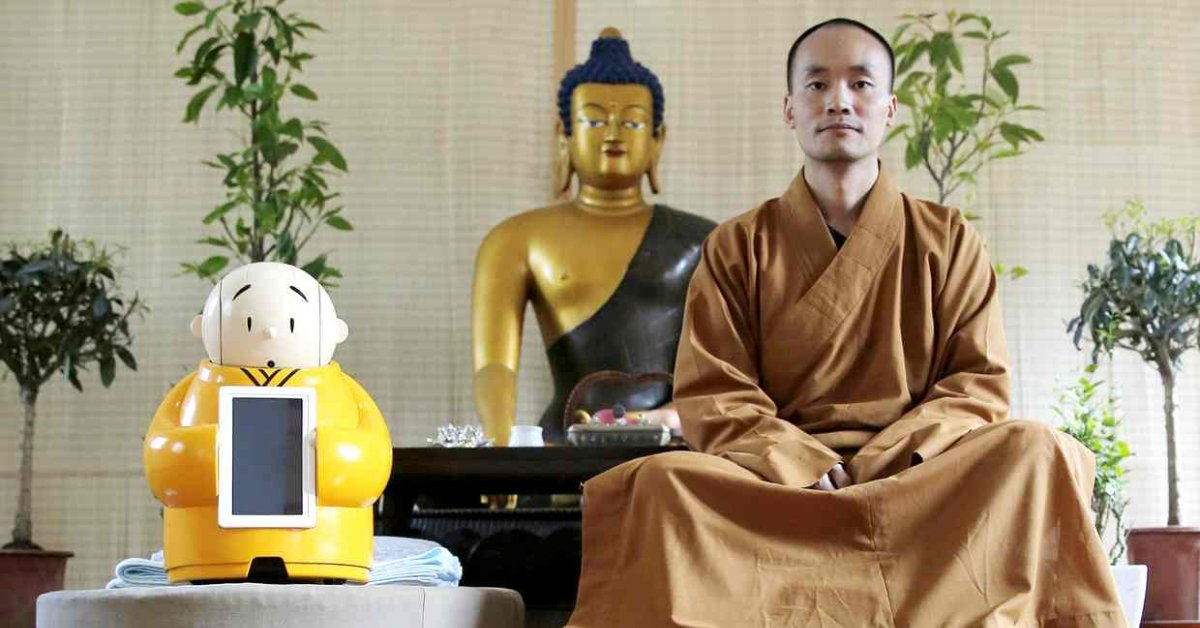
Religions are adopting technology at a fast pace and now, some faiths have even deployed god robots at places of worship
- Cafe In Tokyo With Robot Waiters Controlled By Disabled Staff
- Best Robot Vacuums In India To Clean Carpets, Wood Floor And Pet Hair
- AI Is Being Trained To Identify Faces In The Dark Using Thermal Images
Religions are adopting technology at a fast pace and now, some faiths have even deployed god robots at places of worship.
However, the idea of making that kind of robot is not new.
In the 16th century, a Spanish clockmaker made a mechanical monk that could imitate some simple actions of a real human. The robot remains functioning up until today.
Nowadays, religious robots are much more complicated than their counterparts created a few centuries ago.
Kodaiji Temple, a 400-year-old place of worship in Japan employs Mindar, a $900,000 robotic priest, which bears a striking resemblance to Kannon, A Buddist God of mercy. Kannon is believed to have several different forms, which might include a robot.
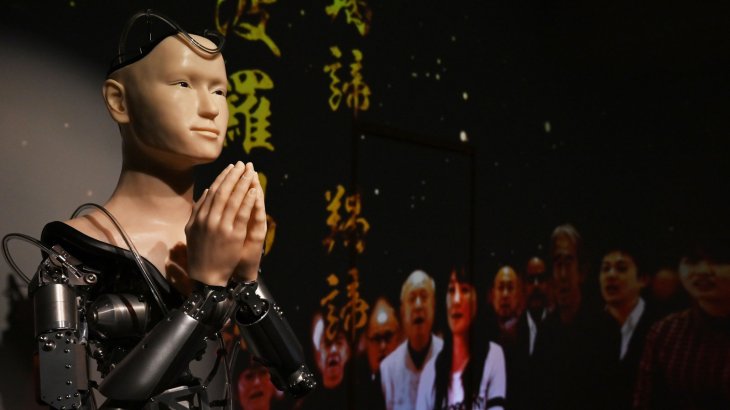
Mindar is capable of moving around the temple to interact with worshippers and reciting a recorded sermon. The robotic priest’s creators said they planned to give Mindar machine learning ability so that it could respond to humans’ questions with individualized answers.
According to Tensho Goto, Kodaiji Temple’s chief steward, the robot will never die, it will keep updating itself with new abilities. He also thinks the robot was changing Buddhism for the better and expressed hope that it could help people overcome difficulties.
Since robots and automation have become so common in Japan, visitors to Kodaiji Temple don’t seem to bother with having a robot talking to them.
Goto said Buddhism wasn’t about the belief in God but the attempt to follow Buddha's path. So it’s no problem the sermon is recited by robots.
In 2017, Pepper, another robotic priest was launched at a funeral industry fair in Japan. The robot can perform funeral rites, chant sutras, and tap a drum, all of the needed skills for Japan’s aging population.
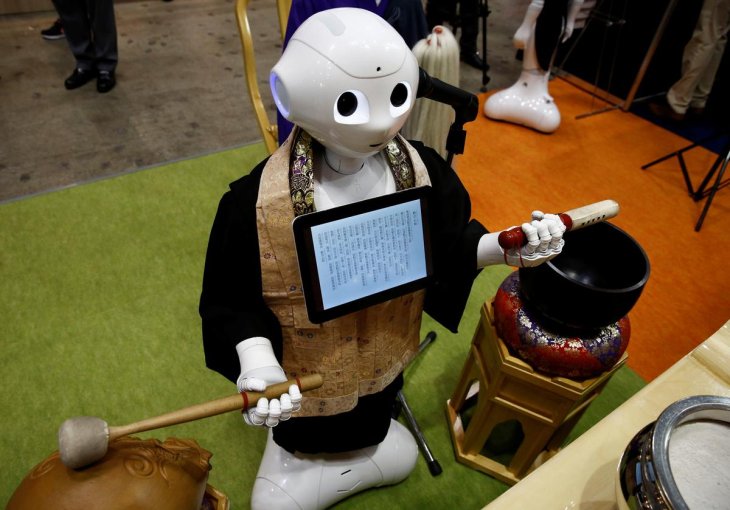
Its creators charge 50,000 yen (around $412) as hire fee for one funeral, still cheaper than hiring a human priest.
In China, Beijing-based Longquan Monastery has a robot called Xian'er, which can offer spiritual guidance and recite mantras.

However, Buddhism isn’t the only religion embracing technology in their ceremonies.
Back in 2017, some designers introduced a robot that could perform the “aarti" the ritual of Hindu during the Ganpati festival in India.
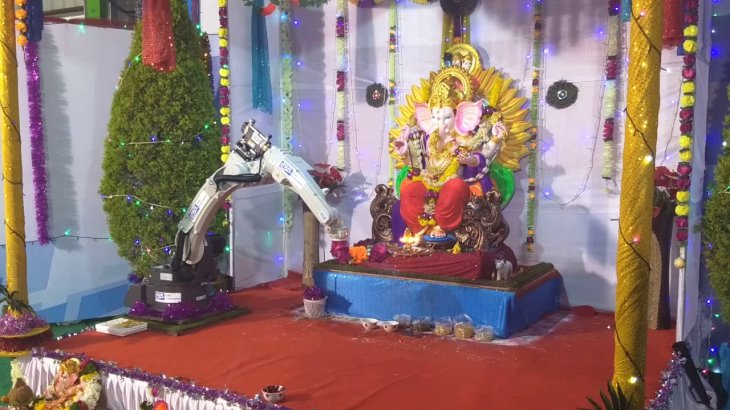
Christianity has also jumped on the bandwagon with BlessU-2 robot, which performed blessings for over 10,000 worshippers in the 500th anniversary of the Protestant Reformation.
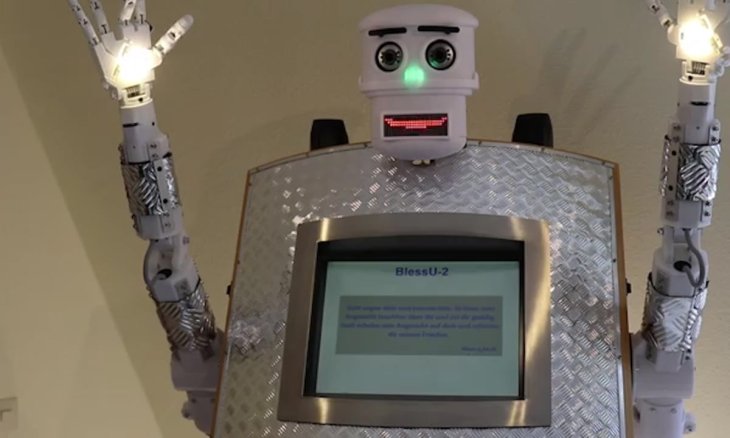
SanTO, another example of Christianity’s take on technology, is designed to look like a saint. People who are in need of guidance can talk to it about their problems and the robot will answer them with quotes from the Bible.
According to Gabriele Trovato, the roboticist behind SanTO, the initial purpose was to help the elderly who cannot visit a priest themselves. After the success of SanTO, he plans to create its Muslim counterpart.
The growing popularity of god robots raises the question of whether these androids have a soul themselves. Another, perhaps more pressing issue, is whether god robots will soon become objects of worship.
While some people see a threat, others see technology as a way to address rampant problems like sexual and child abuse. The argument here is god robots can do most of what a human priest can but they are incapable of committing the same atrocities.
>>> Why Mathematicians Tend To Believe In God More Than Other Scientists
Featured Stories

Features - Jul 01, 2025
What Are The Fastest Passenger Vehicles Ever Created?

Features - Jun 25, 2025
Japan Hydrogen Breakthrough: Scientists Crack the Clean Energy Code with...

ICT News - Jun 25, 2025
AI Intimidation Tactics: CEOs Turn Flawed Technology Into Employee Fear Machine

Review - Jun 25, 2025
Windows 11 Problems: Is Microsoft's "Best" OS Actually Getting Worse?

Features - Jun 22, 2025
Telegram Founder Pavel Durov Plans to Split $14 Billion Fortune Among 106 Children

ICT News - Jun 22, 2025
Neuralink Telepathy Chip Enables Quadriplegic Rob Greiner to Control Games with...

Features - Jun 21, 2025
This Over $100 Bottle Has Nothing But Fresh Air Inside

Features - Jun 18, 2025
Best Mobile VPN Apps for Gaming 2025: Complete Guide

Features - Jun 18, 2025
A Math Formula Tells Us How Long Everything Will Live

Features - Jun 16, 2025
Comments
Sort by Newest | Popular